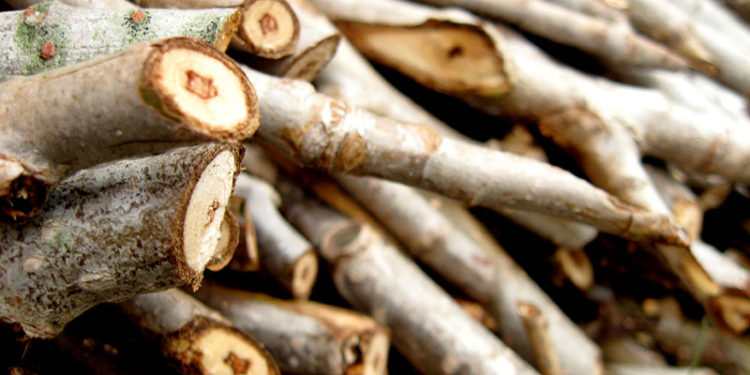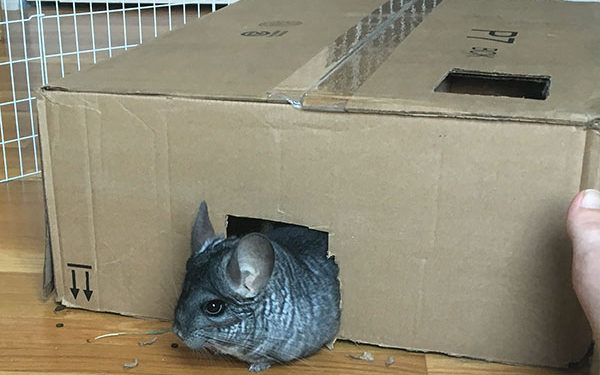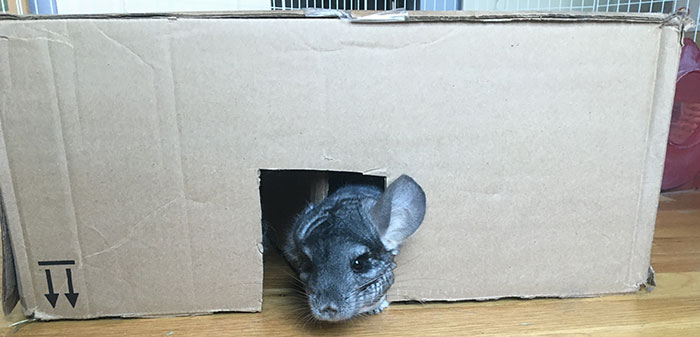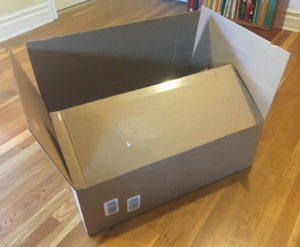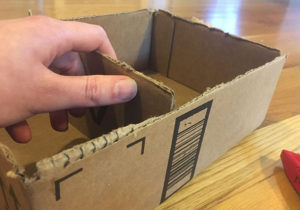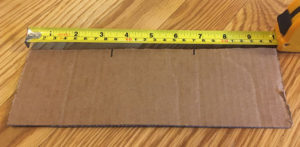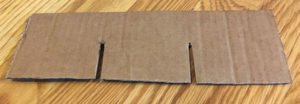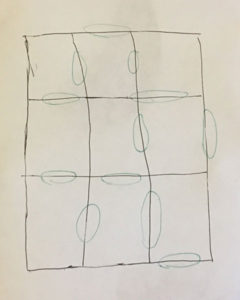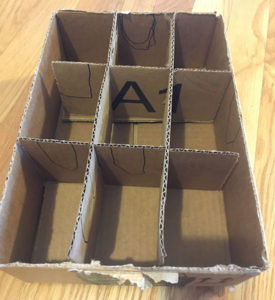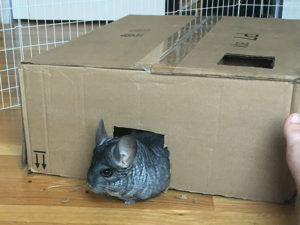 Gerbils, like many other small pets, love to chew. They actually need to chew, because they are rodents. Their teeth are always growing. Chewing is a natural behavior that helps wear down their teeth. If you have a new pet gerbil, you may have discovered this means they’re chewing on things you don’t want them to, like clothing, furniture, or even baseboards. You can’t train a gerbil not to chew. Instead, you need to provide safe alternatives in the form of toys and wood chews to keep them distracted. These toys also help to alleviate boredom and keep your pet gerbil happy.
Gerbils, like many other small pets, love to chew. They actually need to chew, because they are rodents. Their teeth are always growing. Chewing is a natural behavior that helps wear down their teeth. If you have a new pet gerbil, you may have discovered this means they’re chewing on things you don’t want them to, like clothing, furniture, or even baseboards. You can’t train a gerbil not to chew. Instead, you need to provide safe alternatives in the form of toys and wood chews to keep them distracted. These toys also help to alleviate boredom and keep your pet gerbil happy.
To help you shop for toys and chews for your pet, we’ve compiled these lists of safe wood and other materials that you can offer your gerbil. We’ve also made a list of woods and items to avoid that are toxic or dangerous for gerbils. Use this list as a reference when shopping for toys online or in pet stores. If you’re ever in doubt about whether a toy or wood is safe for your pet, it’s better to err on the side of caution and not give it to them.
Safe Wood and Other Materials for Gerbils

- Acacia
- Alderberry
- Ash (no seeds)
- Aspen
- Bamboo
- Birch (white, grey, broadleaf, silver, common are safe. All others are unsafe)
- Cercis (redbud or spicewood)
- Chinese Dogwood
- Chinese Gooseberry
- Dogwoods
- Elm
- Grape
- Hawthorn
- Hazelnut
- Horse Apple
- Kiwi
- Larch
- Limetree
- Longan
- Loquat
- Lychee
- Magnolia
- Magnolia
- Manzanita
- Medlar
- Mulberry
- Oak
- Pecan
- Pine (kiln dried)
- Poplar
- Quince
- Ribbonwood
- Rowanberry
- Sickle Bush
- Sycamore
- Willow
Toxic and Unsafe Wood for Gerbils
- All Redwoods
- Almond
- Apricot
- Black locust
- Blackwood
- Box Elder
- Boxwood
- Cashew
- Cedar
- Cherry
- Cherry
- Chestnut
- Chinese Snake Tree
- Clematis
- Cypress
- Ebony
- Elderberry Bushes
- Eucalyptus
- Fir
- Ginko
- Grapefruit Wood
- Greenheart
- Hemlock
- Hornbeam
- Hydrangea
- Iroko
- Juniper
- Katon
- Laurel
- Lemon Wood
- Lime Wood
- Mahogany
- Man Made Wood (chipboard, plywood, block board, etc.)
- Maple
- Maple
- Myrtle
- Obeche
- Orange Wood
- Pine (fresh cut)
- Plum
- Poison Ivy
- Pulasan
- Rambutan
- Ramin
- Rhodedendron
- Rosewood
- Sandlewood
- Satinwood
- Sneezewood
- Spruce
- Tallow
- Teak
- Walnut
- Wenge
- Yew

